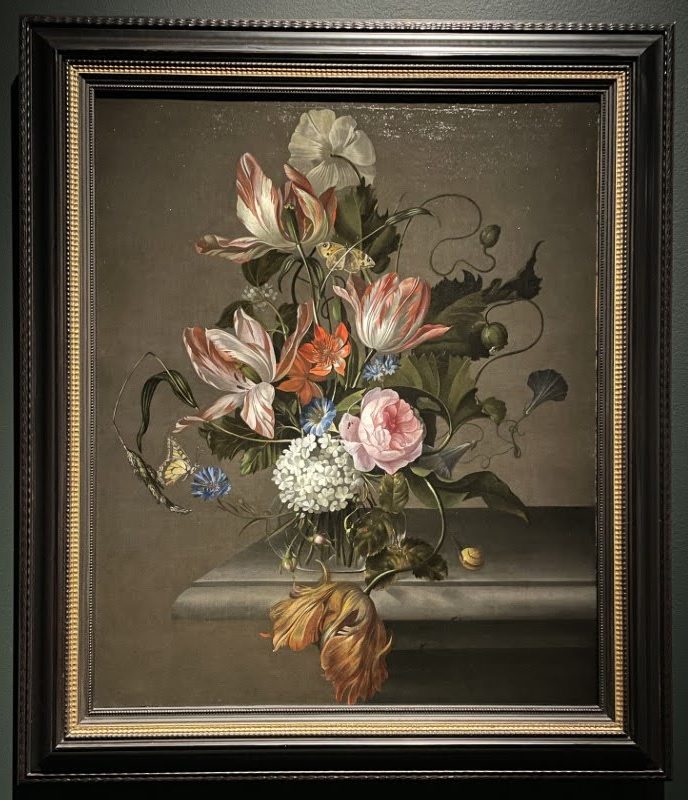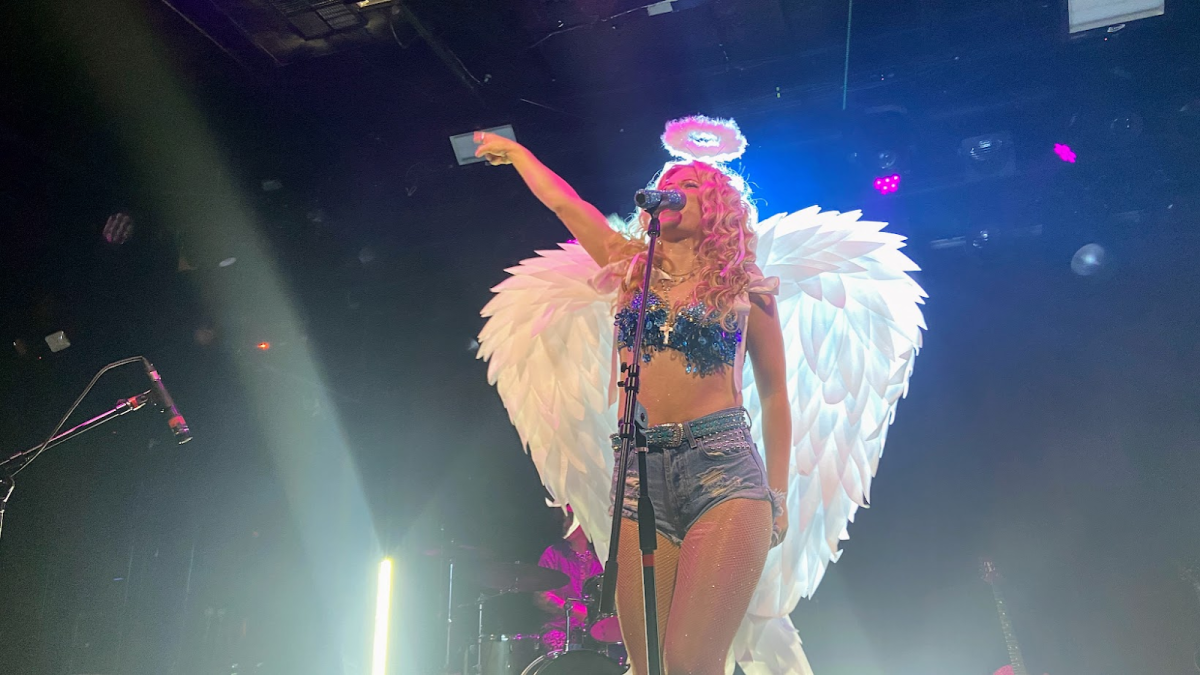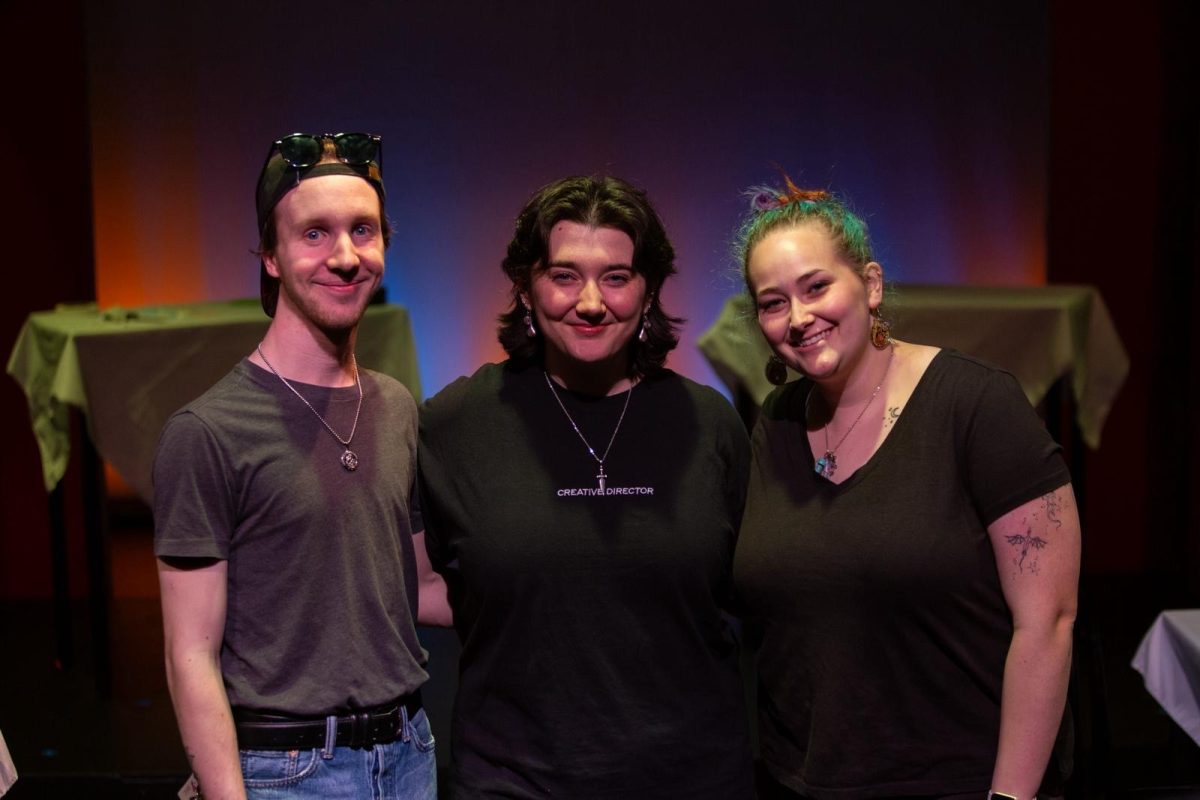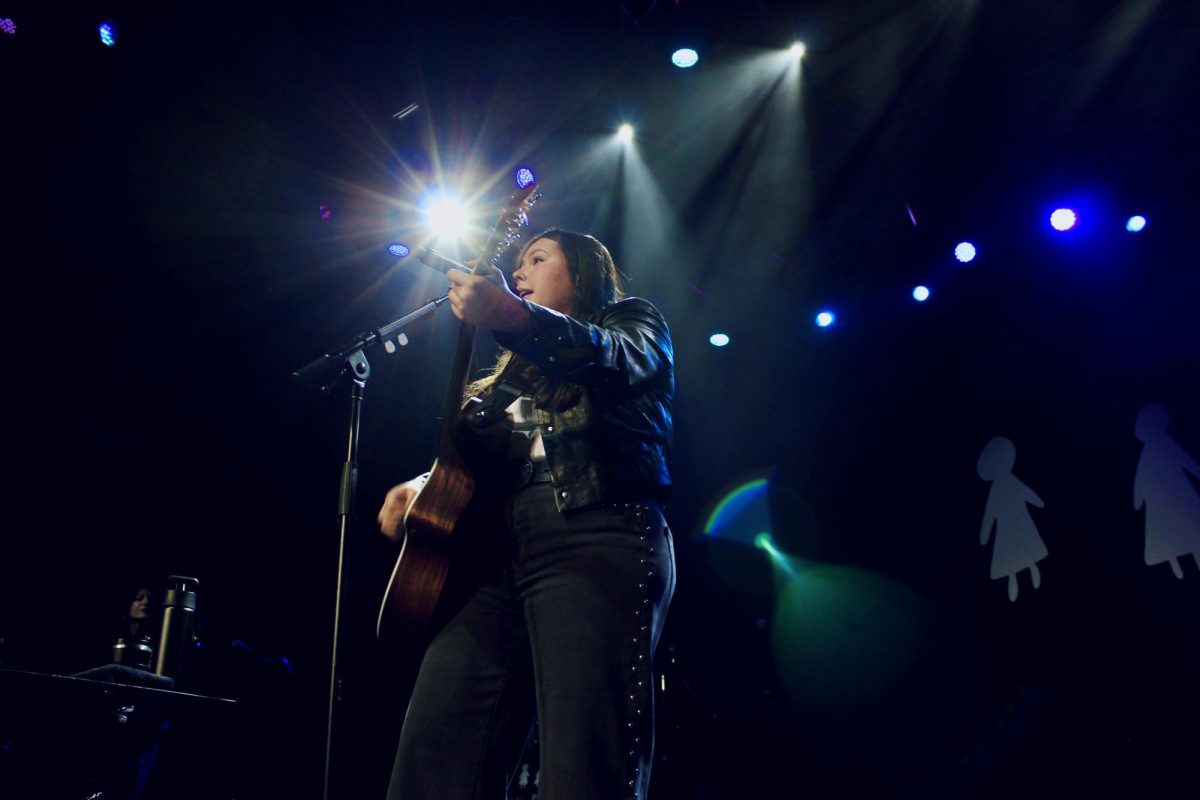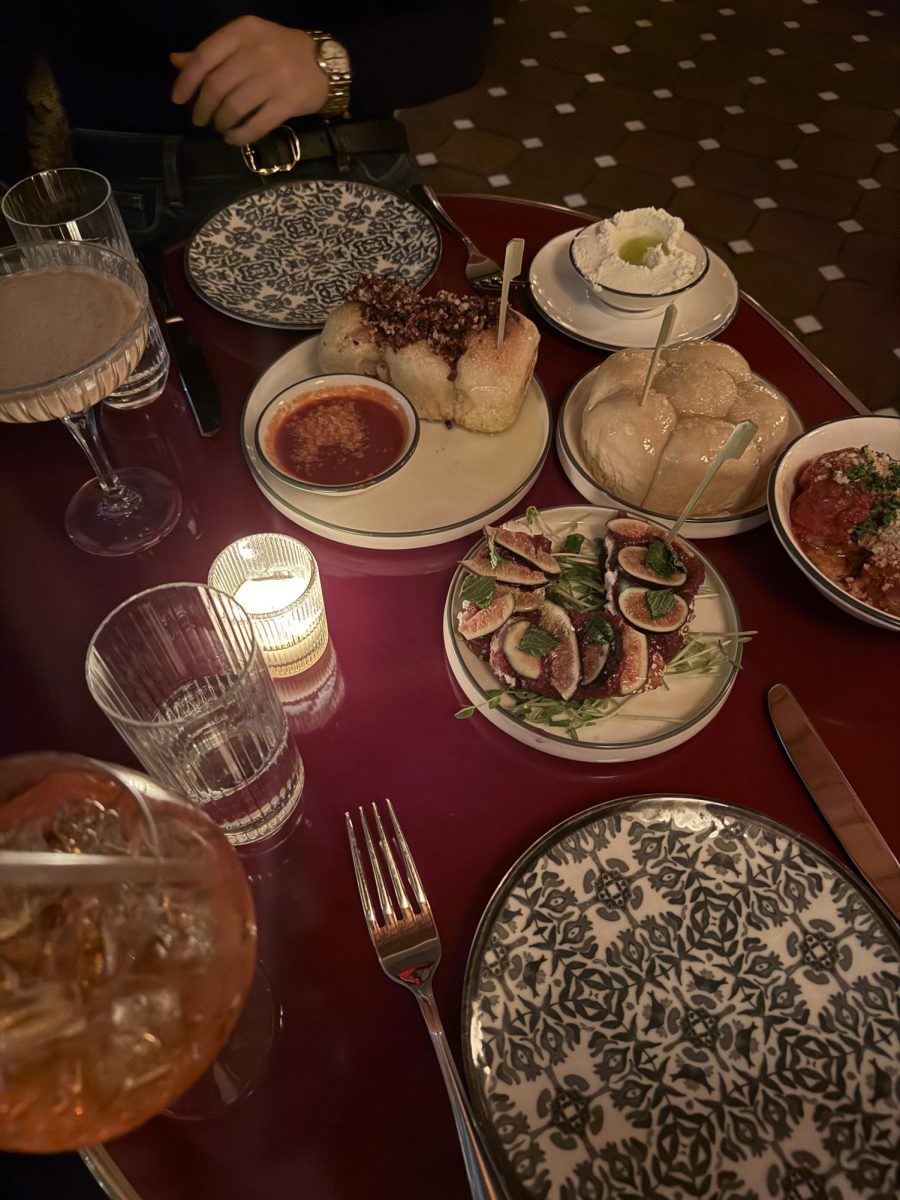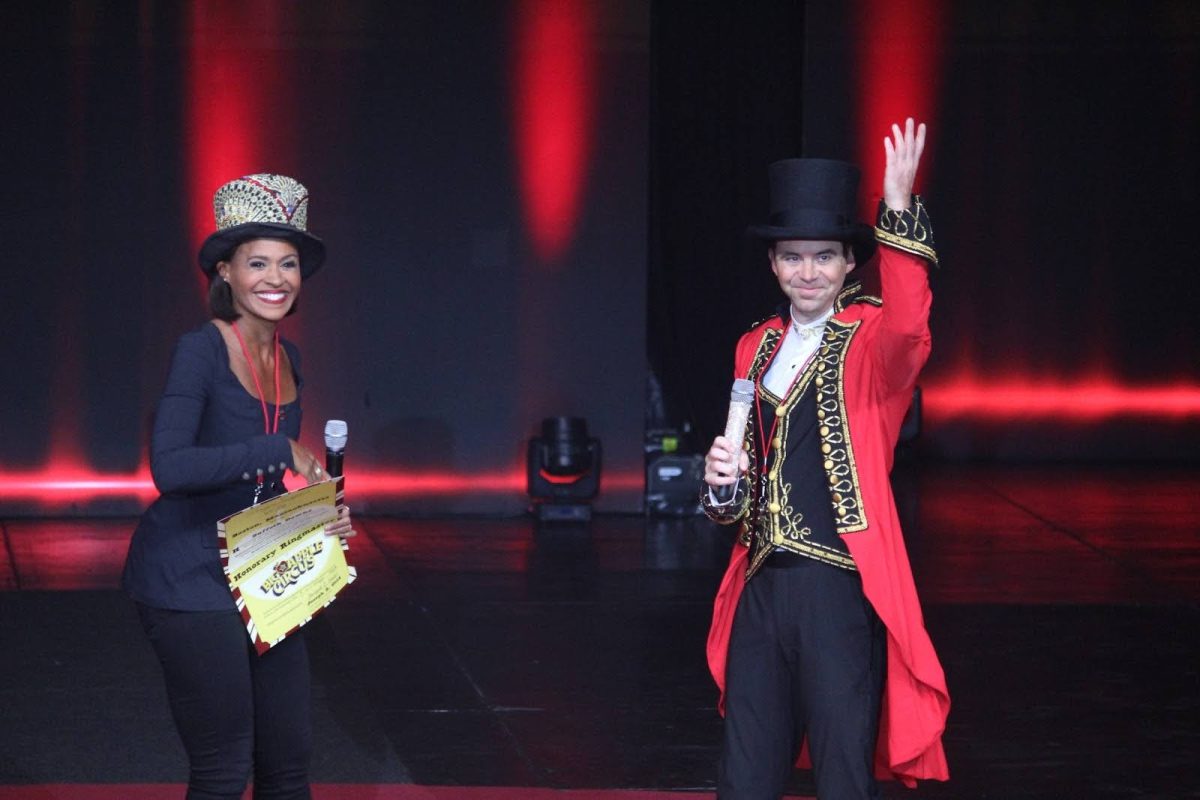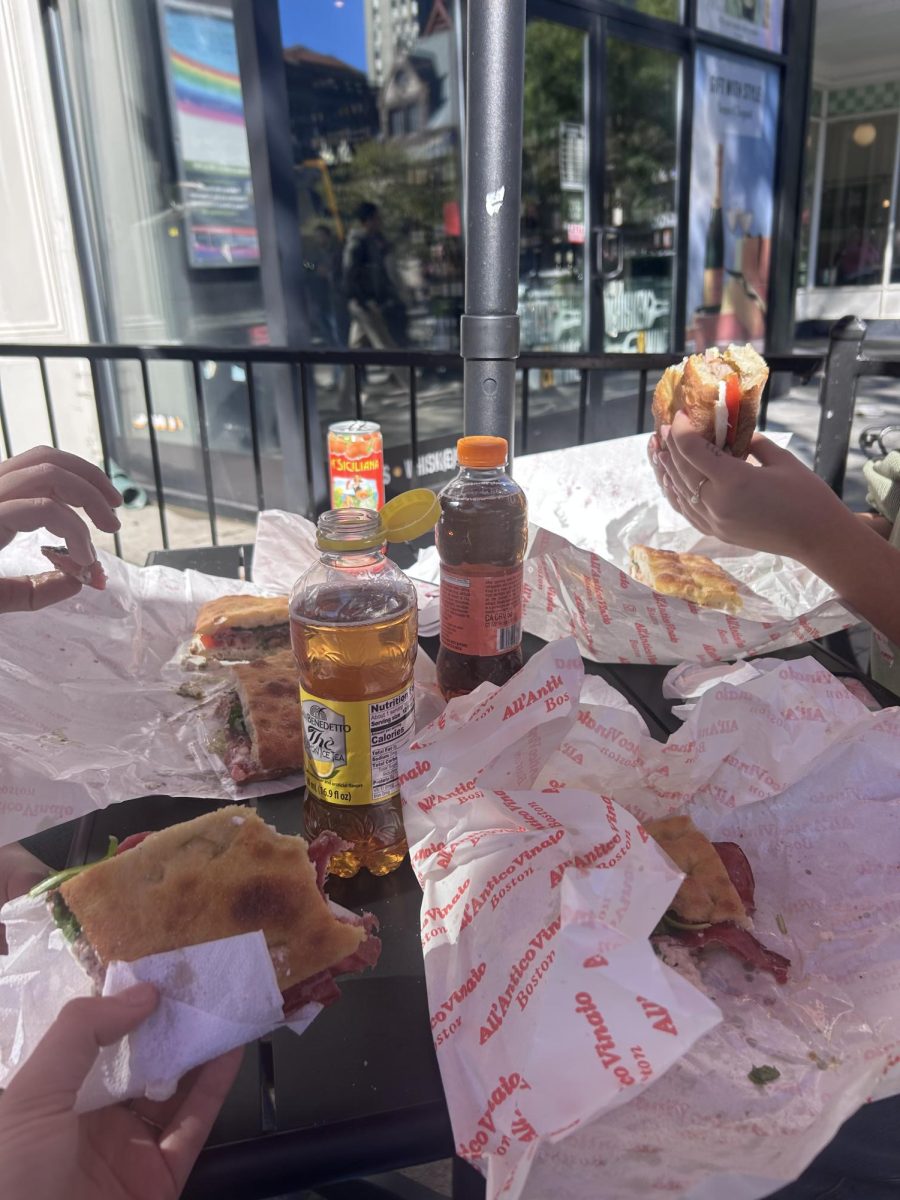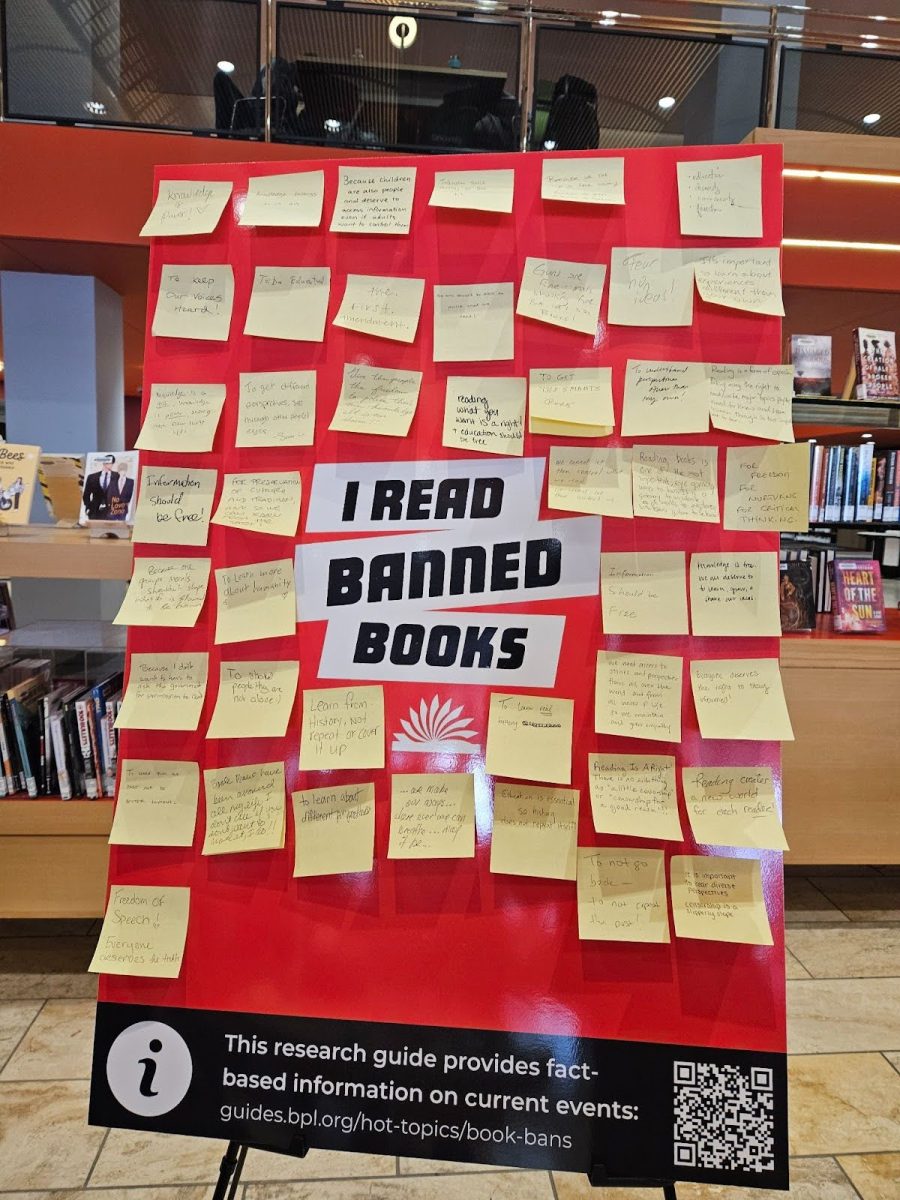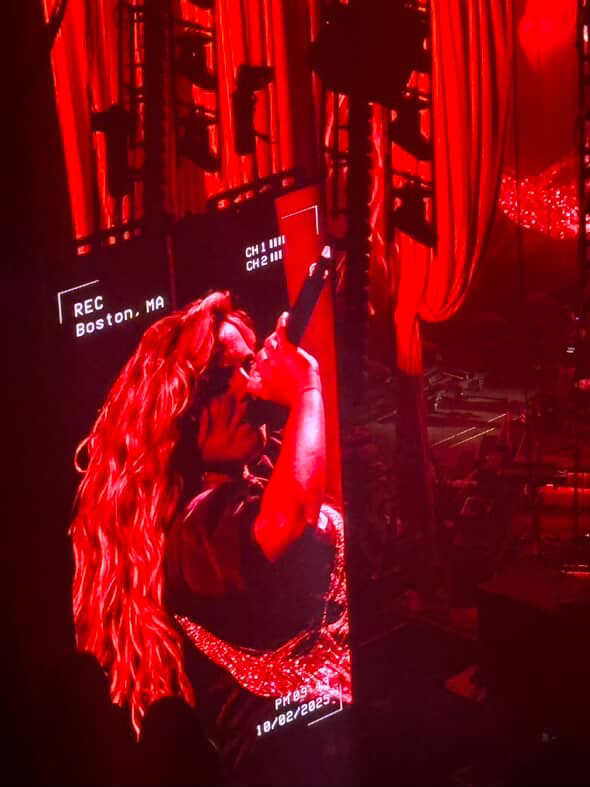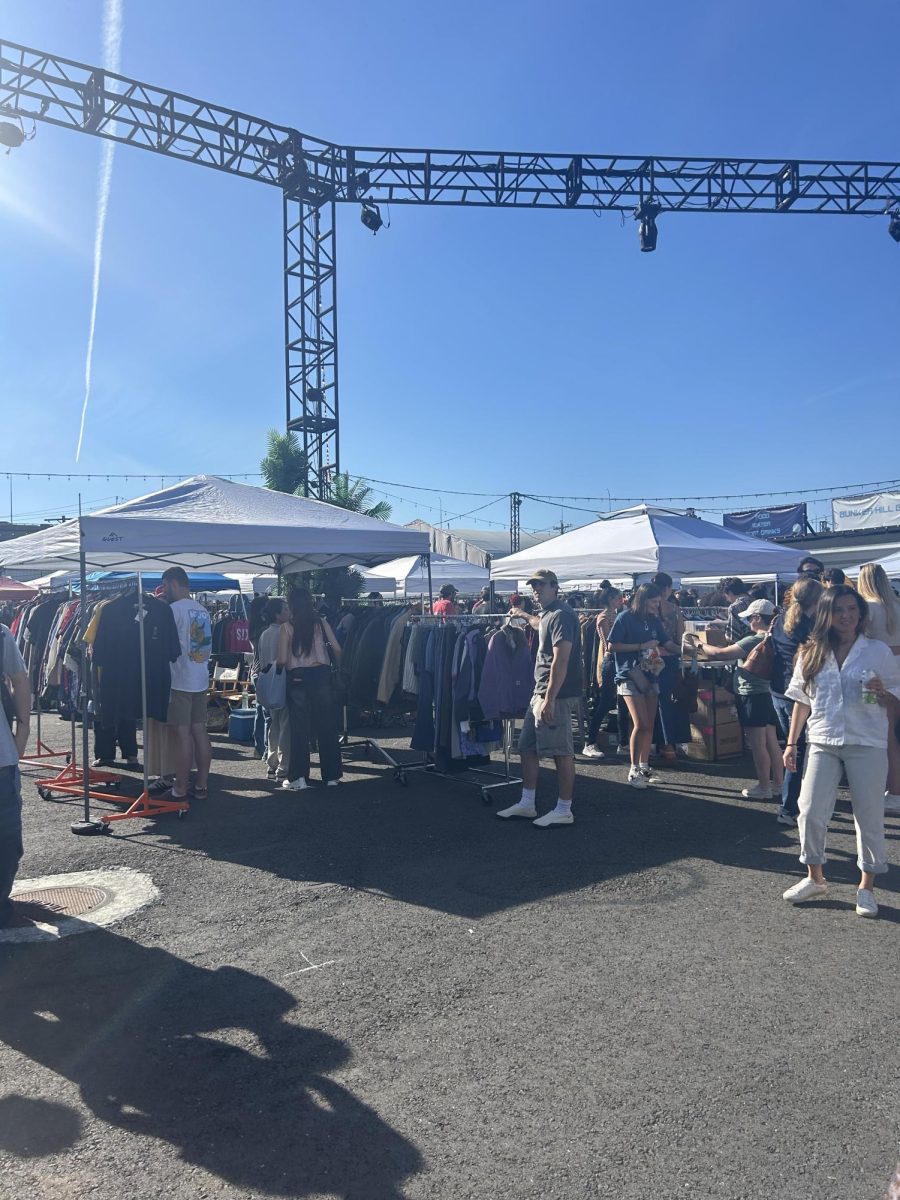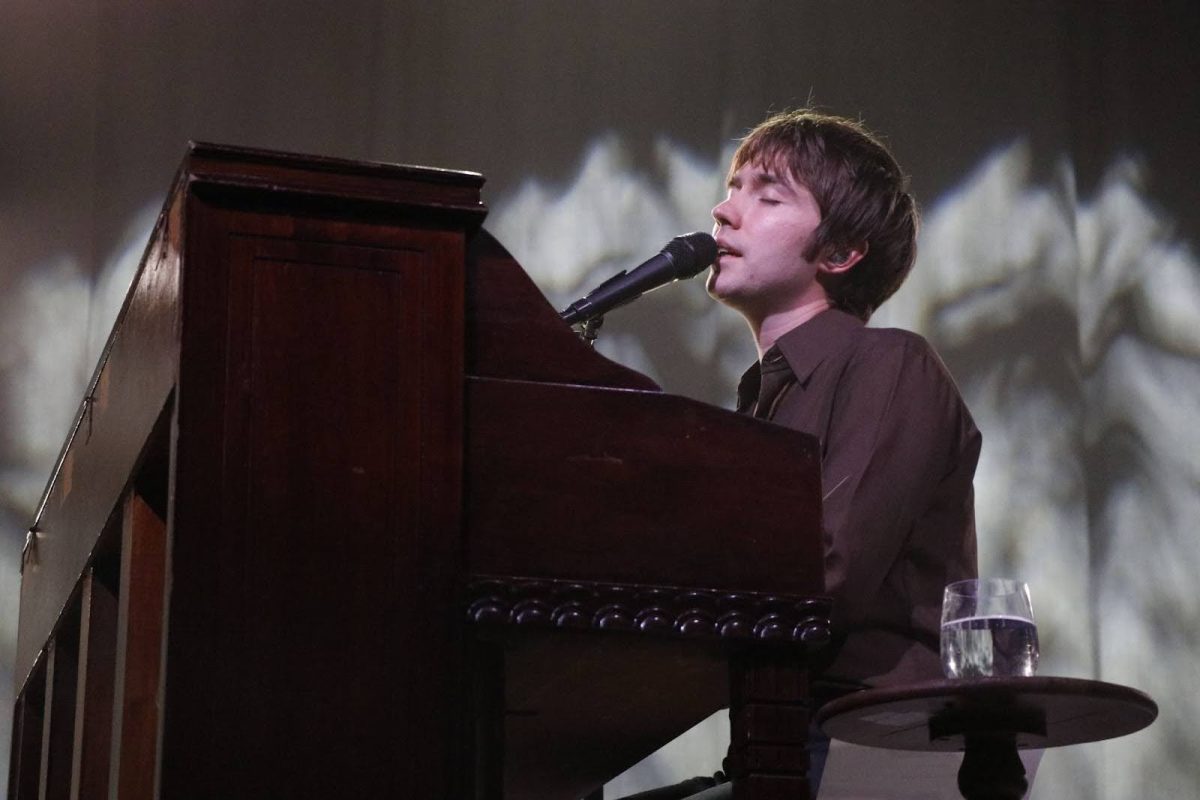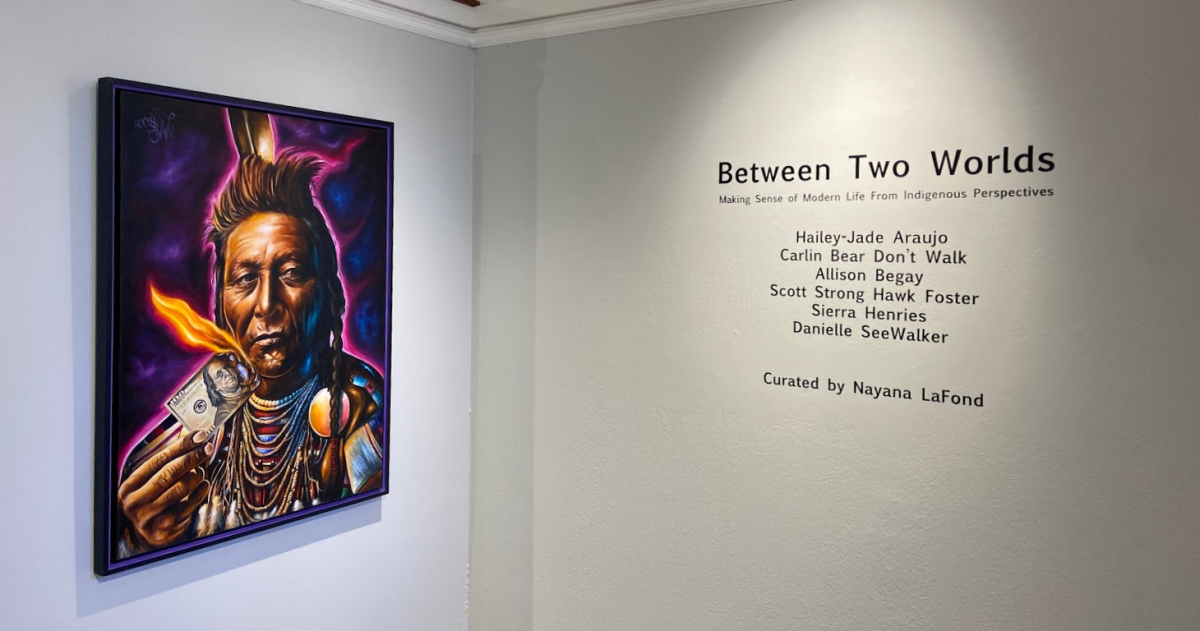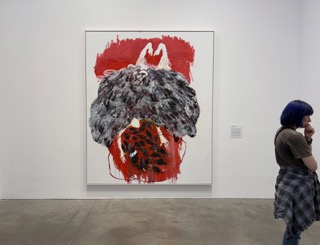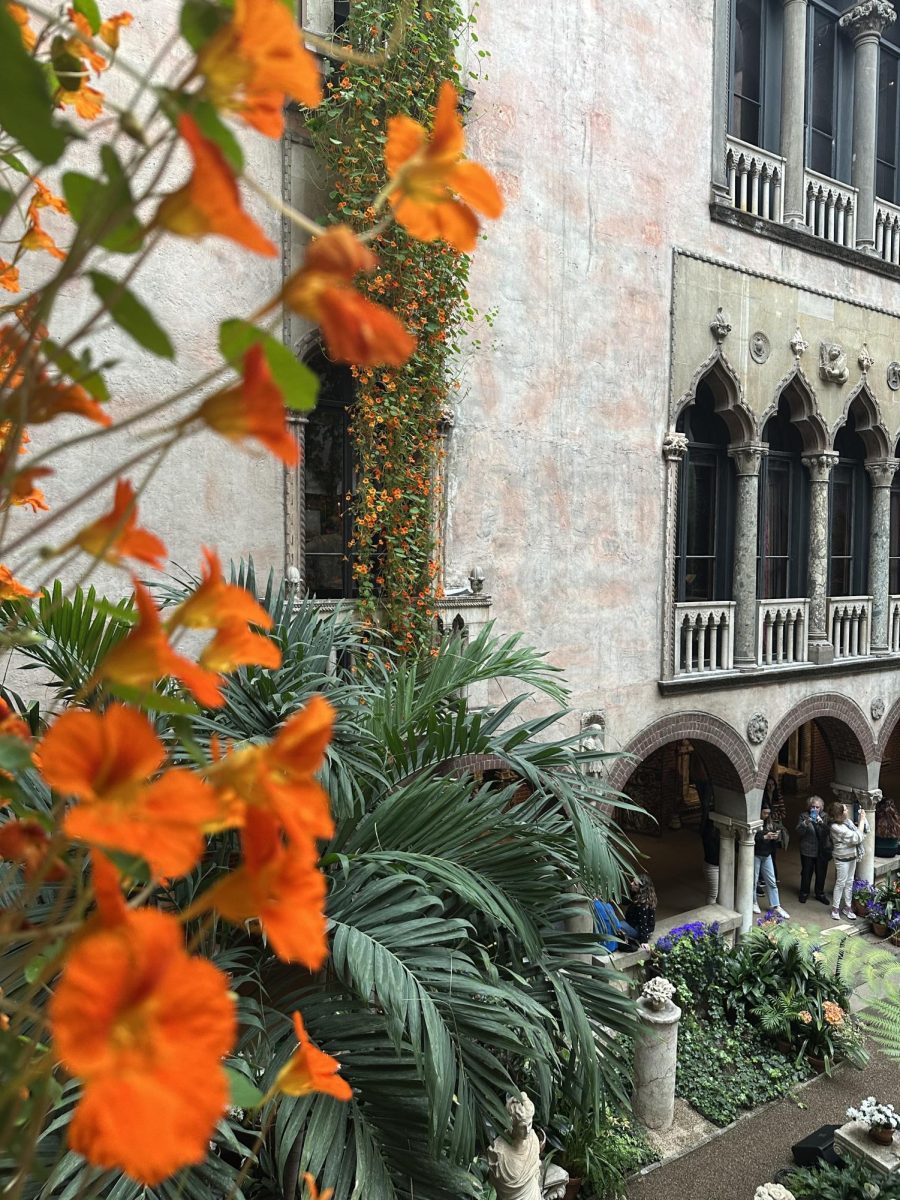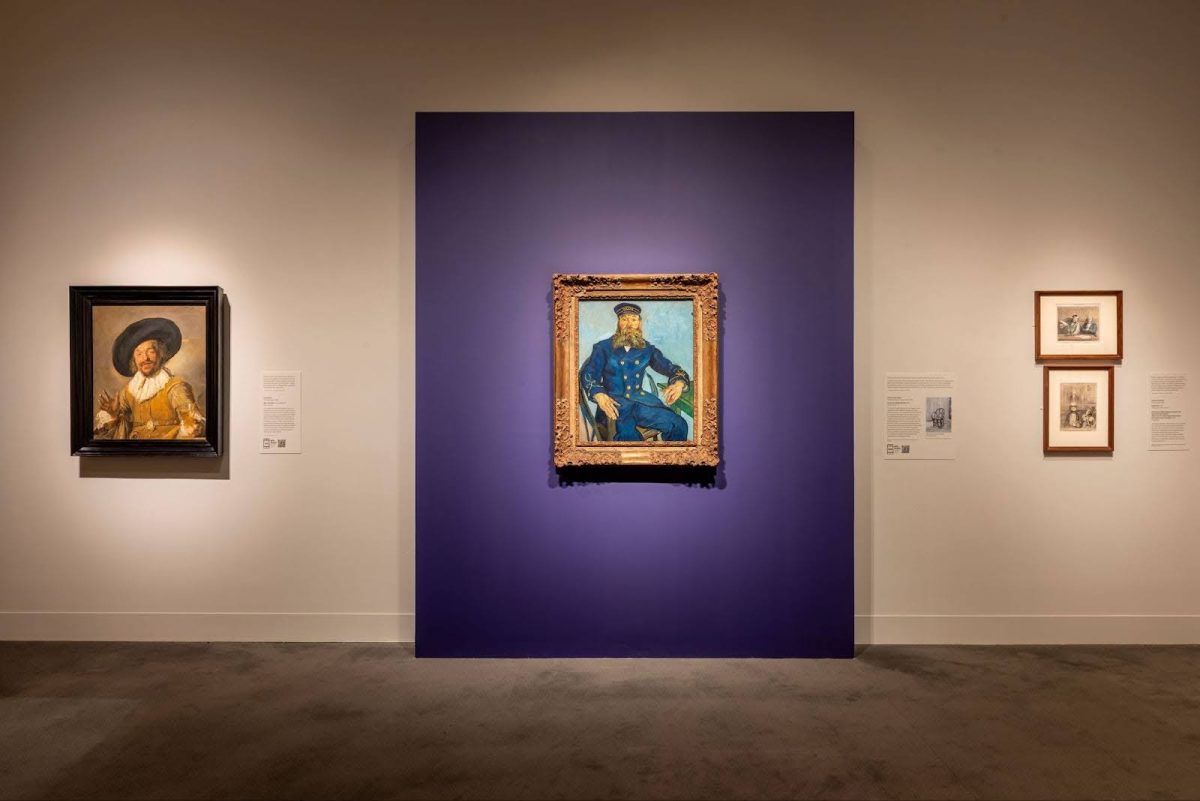The Museum of Fine Arts has opened a new exhibit for lovers of nature and still life. “Rachel Ruysch: Artist, Naturalist and Pioneer” showcases work from Dutch painter Rachel Ruysch, as well as her daughter Anna Ruysch and other Dutch artists who fit that same style.
This temporary exhibition takes a deep dive into Rachel Ruysch, a very celebrated artist in her time, around the turn of the 18th century. She excelled in the area of still life, mainly focusing on flowers.
Alongside her work, glass frames can be found throughout the galleries that contain different types of preserved insects, like butterflies, moths and beetles. They are on loan from Harvard’s
Museum of Comparative Zoology to highlight some of the different species that can be found in Rachel’s art.
Every one of Rachel’s paintings is uniquely different but they tend to have the same basics. Many, but not all, tend to have a dark background, allowing the viewer to focus more on the focal point; the beautiful arrangement of lush flowers and plants with a few hidden creatures lurking around.
The arrangements that she painted were far beyond typical. She often painted flora that is native to Dutch lands and made them look far more magical than one would deem possible.
One painting of hers that is featured truly encapsulates all the ideas of her work. “Flowers in a Glass Vase,” painted in 1704, shows a very involved, bright and beautiful bouquet of flowers native to the Netherlands, as well as, a variety of insects such as a Thomson’s longhorn beetle from Indonesia and a European tiger moth as indicated by the information plaque.
Ruysch does an amazing job of mixing still life and feelings of surrealism. The life that she paints is so vibrant and it often fills almost the entire canvas, making the arrangements feel like one large life form instead of many put together.
Anna Ruysch followed in the footsteps of her mother, focusing on flora still lifes. At first glance it’s almost impossible to tell if you are looking at an Anna Ruysch or a Rachel Ruysch. But both mother and daughter being in the same gallery gives the viewer to compare the two which is another enticing aspect of this exhibit.
One of Ruysch’s works that contrasts her mothers while still following in the same style is “Flowers in a glass vase on a stone table ledge” painted around the 1690s. This work has a much lighter background and less blossoms. But still, different types of insects, like a butterfly, a snail and so on can be seen, and the arrangement is still the focal piece of the work, taking up most of the canvas.
Aside from the Ruyschs, other Dutch artists who practiced the same type of art are also on display such as Willem van Aelst, Herman Henstenburgh and Pieter Withoos, to name a few.
From the dim lighting with bright light focused on the paintings, to the dark, moody colors of the walls, to the addition of preserved insects, the exhibit was extremely well curated.
It was the closest one could feel to being in nature without actually being in it.
The point of still lifes is that they take something ordinary and make it look like something special, something fantastic, something worth hanging on a wall in your home because it has such a beautiful and life-like air about it.
The Ruyschs ability to make it seem as if the flowers or insect might come off the canvas is unmatched.
This collection will be on display until Dec. 7 of this year and is absolutely worth a visit.


